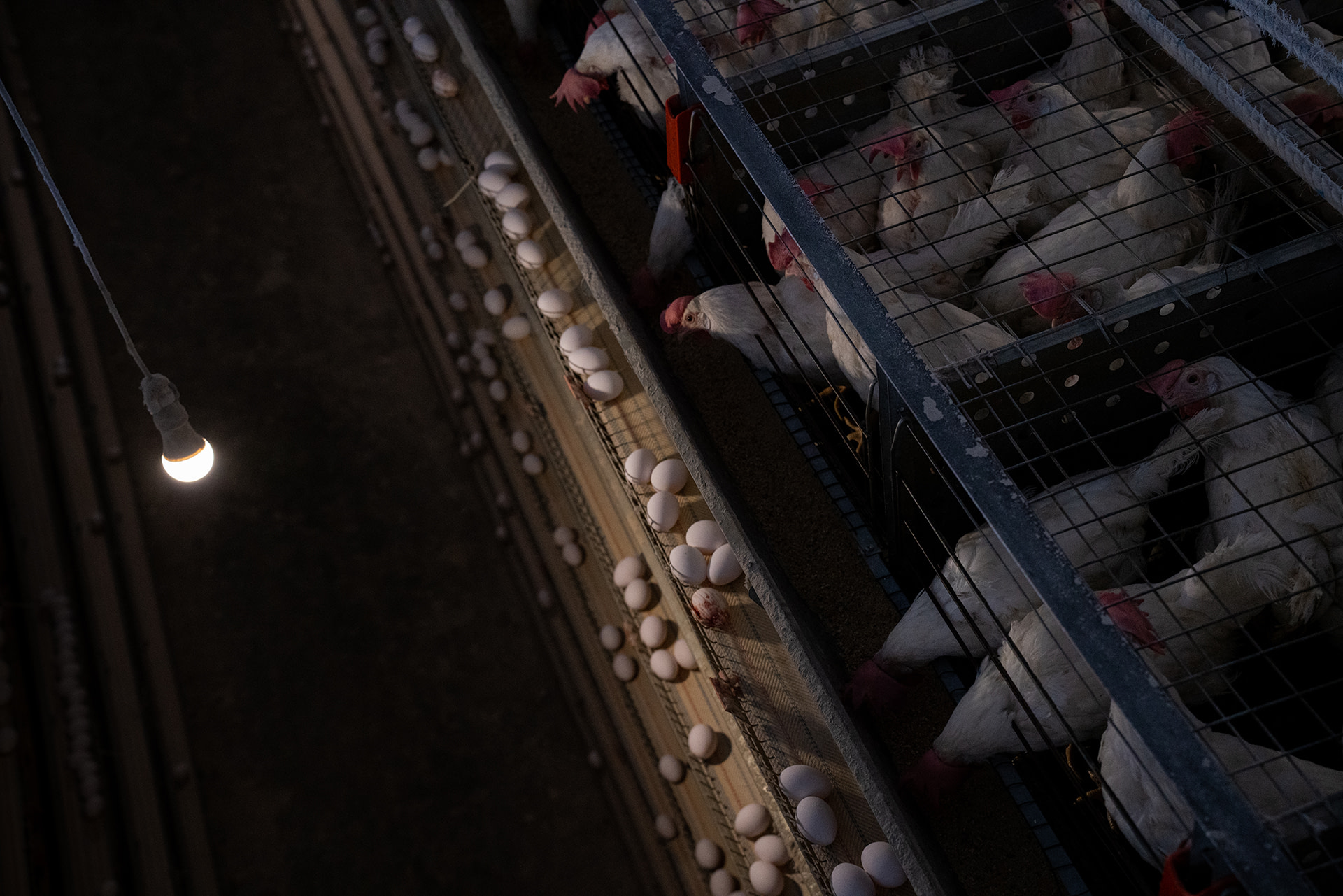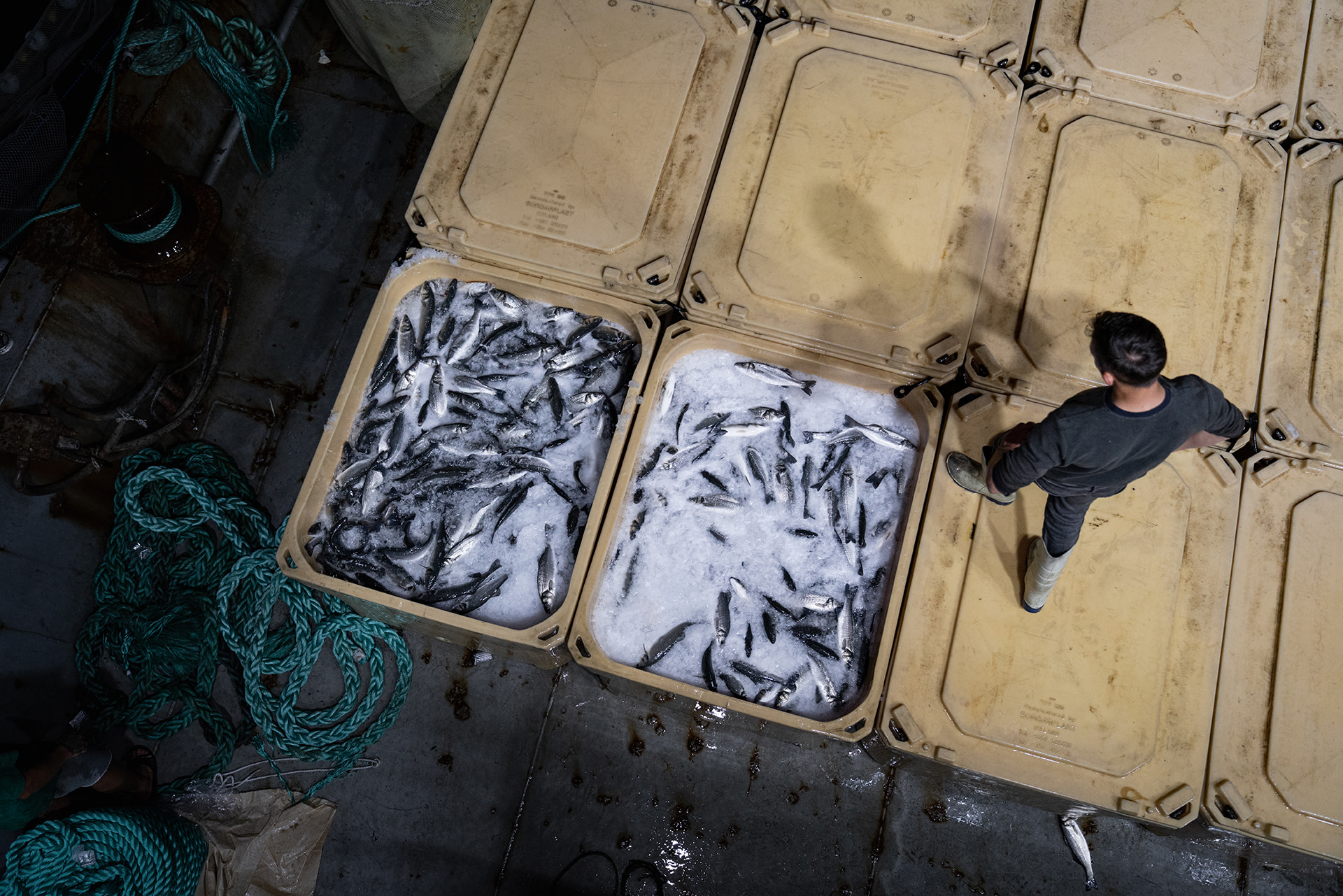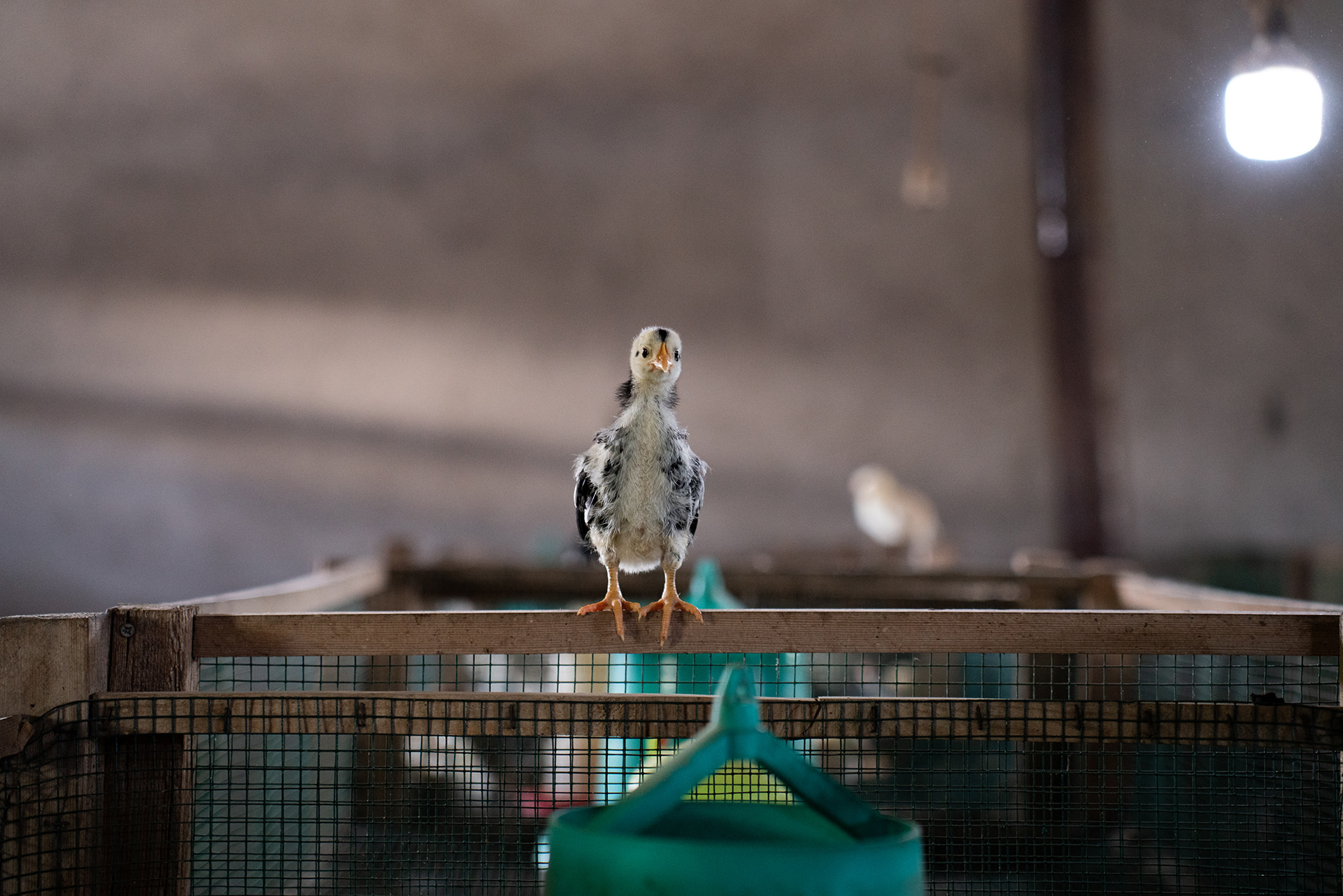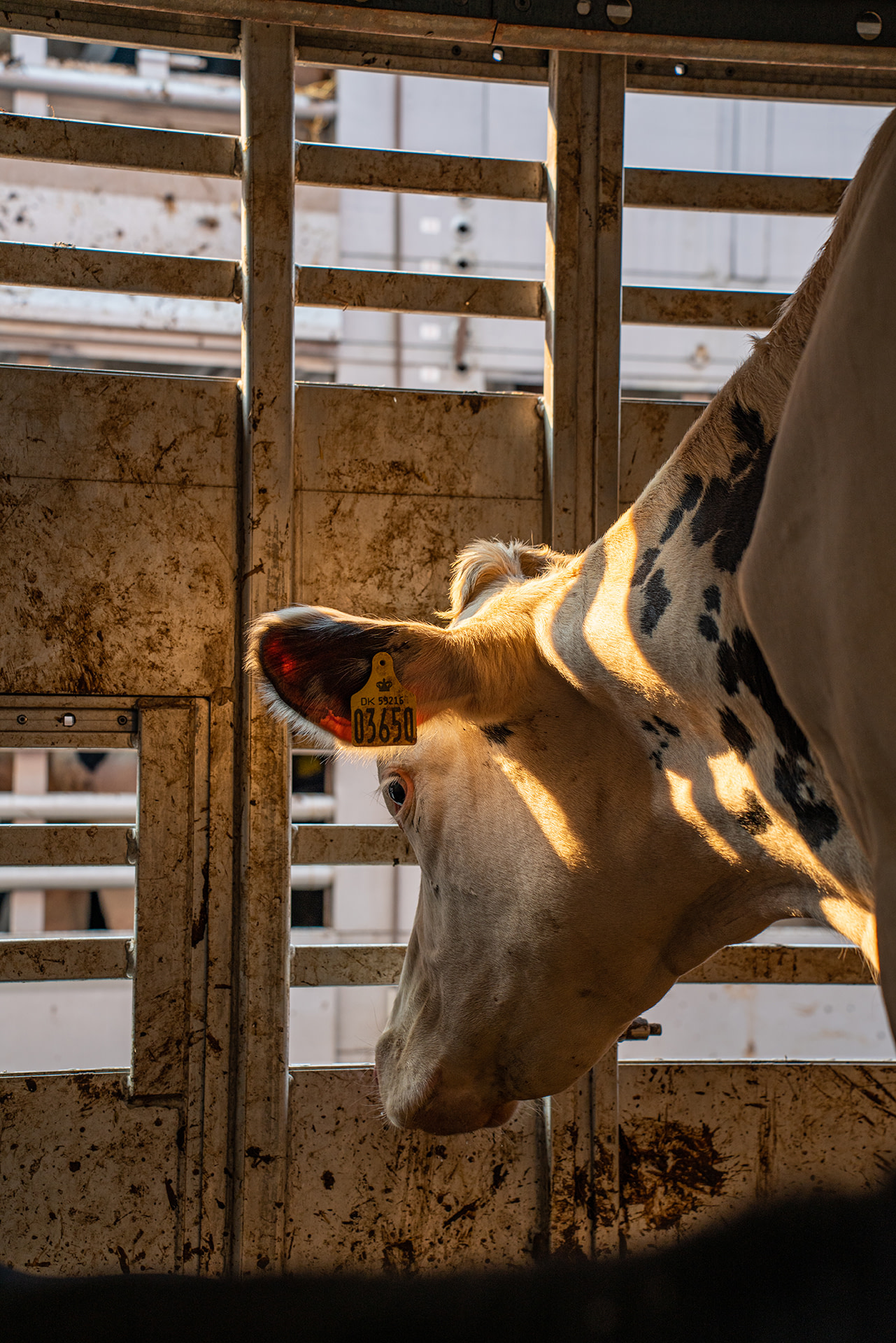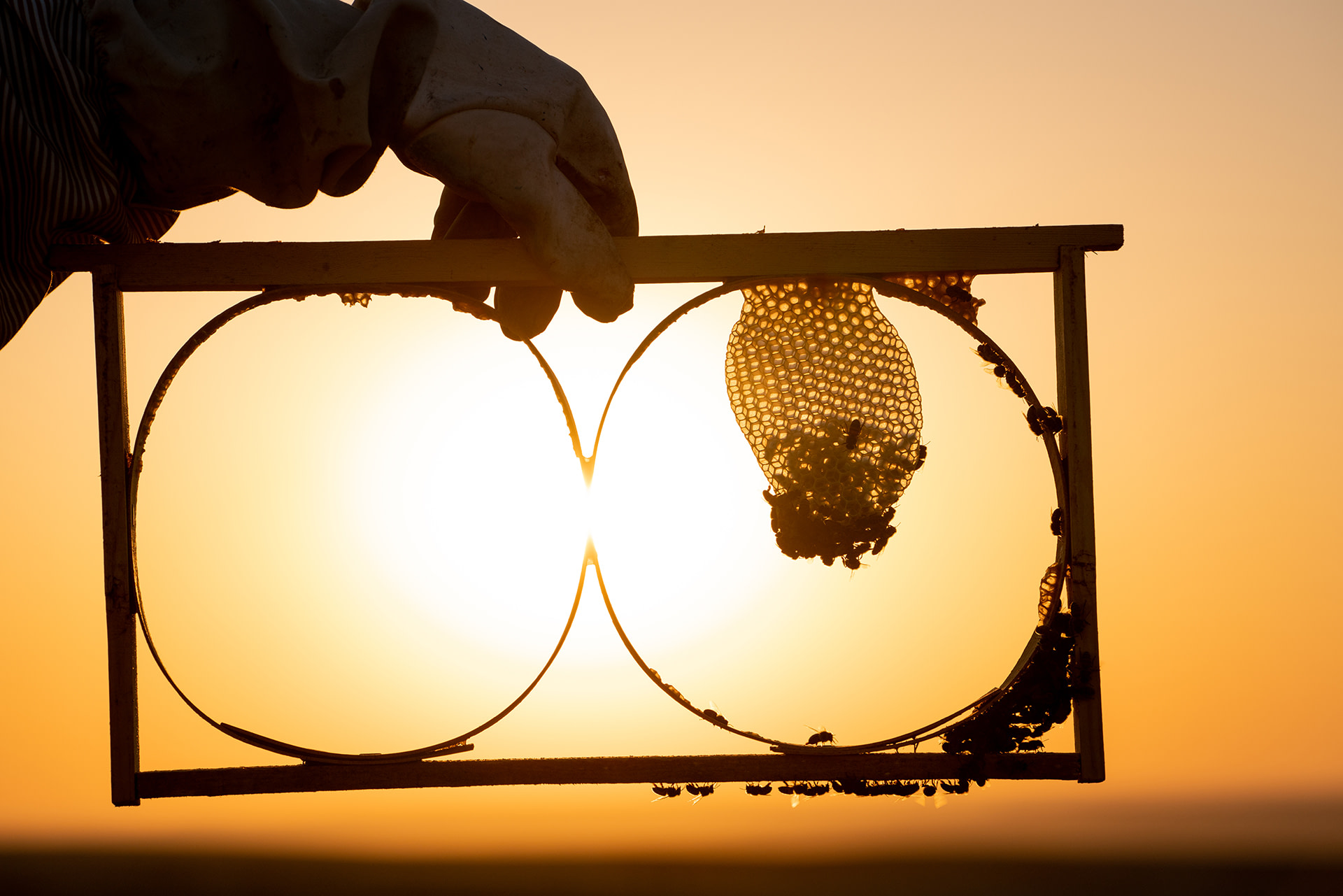We Animals Fellow, Havva Zorlu.
We Animals Fellow, Havva Zorlu started taking photographs at a young age with the dream of becoming a photojournalist. Today she takes photographs to contribute to the struggle for animal rights. For her Fellowship, Havva delved deep into a variety of animal industries in her home country of Türkiye—from the cruel live export trade to the unseen experiences of bees used for honey production.
Havva has been relentless in her efforts to document animal stories in each of the seven geographic regions of the country and has created an unparalleled body of work.
Read on to view some of Havva’s work and find out what she had to say about her Fellowship experience.
An Interview With Havva Zorlu
Throughout her Animal Photojournalism Fellowship, Havva worked remotely with Jo-Anne McArthur and the We Animals team over the course of six months and received CAD$6,500 to cover project and equipment costs.
We sat down with Havva to find out about her Fellowship journey.
What did the Fellowship help you achieve?
As a photojournalist, I often question and strive to highlight the relationship between animal uses and culture. For this reason, I chose locations where I could observe different cultures, especially in the country I live in, and documented the stories of animals living in captivity or slaughtered through animal husbandry activities in various regions of Turkey. The main subjects I photographed include chick and egg production, donkey and camel milk production and their use as pack animals, live animal trade at the border and in markets, beekeeping and fishing.
Thanks to the We Animals Fellowship, I had the opportunity to work exclusively in animal photojournalism for six months. This project was one that I might not have been able to complete for years if I had set out alone. I learned a lot about the commercial and technical background of the subjects I shot. During this period, I got a lot of practice in communicating with people and telling stories with photographs. All of this has improved my skills in many ways.
Laying hens on an industrial egg farm occupy cramped battery cages as their eggs move past them on conveyors. These hens spend their entire lives in these crowded cages, leaving them vulnerable to stress, disability and disease. Each of the approximately 54,000 laying hens inside this dimly lit shed lays an egg roughly every 25 hours. Konya, Konya Province, Central Anatolia Region, Turkiye, 2023.
Havva Zorlu / We Animals
What was your experience like in the field during your Fellowship assignments?
Firstly, I planned the shooting dates according to the subjects I determined, taking into account access, transportation, weather, and seasons. However, things didn’t always go as I planned. In some cases, I couldn’t obtain permission to photograph the subjects I wanted. Some business owners who had initially granted permission changed their minds as the shooting date approached. Nevertheless, as I conducted research on the system, I also found opportunities to see much more than I had initially planned.
My top tip for a successful field trip is healthy communication with people. I met people who helped me a lot in reaching the areas where I would shoot, even though their professions were completely opposite to my perspective on life. I cannot help but thank them for this. Conducting detailed research on the subject of the shoot before heading out is also crucial. Then, in the field, asking questions to authorized individuals, gaining information, understanding the system, and consequently being able to convey it effectively is essential for telling animal stories through photographs.
Sea bass freshly harvested from marine fish farm cages lie packed in water and ice inside large plastic fish boxes as a worker walks above them. The approximately 10 tons of fish from this harvest will be transported to a fish processing facility. Trabzon, Trabzon Province, Black Sea Region, Turkiye, 2023.
Havva Zorlu / We Animals
What was your go-to camera bag kit during the Fellowship?
My equipment bag varied from time to time depending on the subject I was shooting. My basic kit consists of a Sony a7 r3 body, Tamron 28-75mm f2.8 and 70-180mm f2.8 lenses, LED light, spare memory card and battery. I always had my DJI Mini 3 Pro model drone with me for the subjects I would view from the air, and I rented a Sony 90mm 2.8 macro lens for the beekeeping shoot. Finally, since the areas where the animals were kept were very dusty and dirty, I always carried an air pump, brush and wipes with me to clean my equipment.
How much did you explore image editing during the Fellowship and what did you learn?
One of the areas where I feel I have improved the most is photo editing. Thanks to Jo-Anne and Vanessa’s detailed review of the photos I took and their thoughtful feedback, I made progress in subsequent shoots and photo editing. Thanks to dear photo editor Vanessa’s technical feedback on masking, I learned how to edit photos to achieve the effect I wanted to convey with my photos.
What would you say to others who are considering applying to We Animals’ Animal Photojournalism Fellowship?
When I applied, I particularly wanted to work on subjects such as beekeeping and fishing. I had previously gained experience taking photographs at zoos, dairy farms and slaughterhouses. In 2022, I was commissioned by We Animals to document Eid al-Adha. In order to create integrity with my previous works, I determined topics that would exemplify the cultural use of animals in Turkey. I designed a project in which I planned to choose one city from each of the seven regions of Turkey and explain the prominent animal uses there.
Animal abuse and exploitation are common everywhere, at all times. Therefore, as animal photojournalists, we have many stories to tell. I can recommend friends applying for Fellowships to create integrity in their projects by connecting the topics and grounding the stories they want to tell.
Being selected as a We Animals Fellow will be a great experience for you. Please don’t be upset if you are not selected. Naturally, there will be those who cannot be chosen. Keep telling the stories you want to tell. Thank you very much for all the work you do for animals.
A cow brought from Europe and destined for a Turkish dairy farm looks out with a lowered head from within a transport trailer. Cattle transported on these days-long journeys struggle to survive inside these narrow trailers. Kapikule, Edirne, Edirne Province, Marmara Region, Turkiye, 2023.
Havva Zorlu / We Animals
What’s next for you in your work? Are there any particular animal stories you’re particularly compelled to document?
I want to continue traveling to various regions and capturing shots, much like in this project. I have many topics in mind. For example, during the period when I conducted beekeeping shoots, it wasn’t seasonally appropriate to depict the artificial insemination process in beekeeping. However, in the upcoming spring, I plan to capture more detailed shots on this subject. I aim to tell stories about animal uses beyond food. For example, sericulture (or silk farming). I know very little about this topic. I want to learn and document what silkworms experience during the production process of silk fabric.
Furthermore, dogs living on the streets in Turkey are frequently targeted, exposed to violence and faced with life-threatening situations. I recently started to create an archive by taking photographs to explain the common culture between animals and people on the street.
Bees begin the natural formation of “Black Hive” honeycombs inside a beehive frame. In standard honey production, beekeepers insert ready-made frames pre-filled with beeswax into the hives. Black Hive honey is produced from hives where the honeycomb is created entirely by worker bees. Batman, Batman Province, Southeastern Anatolia Region, Turkiye, 2023.
Havva Zorlu / We Animals
Is there anything else you’d like to add about your time on We Animals’ 2023 Animal Photojournalism Fellowship?
My time with the We Animals Fellowship has been the most difficult but also the most educational part of my life. Despite everything, it was a beautiful process where I felt the spirit of solidarity by working with wonderful people. I would like to thank the We Animals team for giving me this opportunity and making me feel like they are there for me whenever I need it. Their presence is the strongest support that keeps my fighting power alive.
In addition, I mostly work alone in the field. However, during the Fellowship, I had the opportunity to shoot at the Turkey-Bulgaria border with photographer and activist Lukas Vincour, another We Animals contributor. Being in the field with a friend made me stronger. I am very happy that we had the opportunity to work together.


















We’ll be publishing more stories from Havva’s expansive Fellowship portfolio in the coming weeks and months.
Applications for the We Animals 2024 Animal Photojournalism Fellowship will be opening soon! Subscribe to our newsletter or follow us on social media to stay updated.
Follow Havva’s work: @havvazorlu
Explore and download more visuals from Havva’s Fellowship portfolio via our stock platform.


